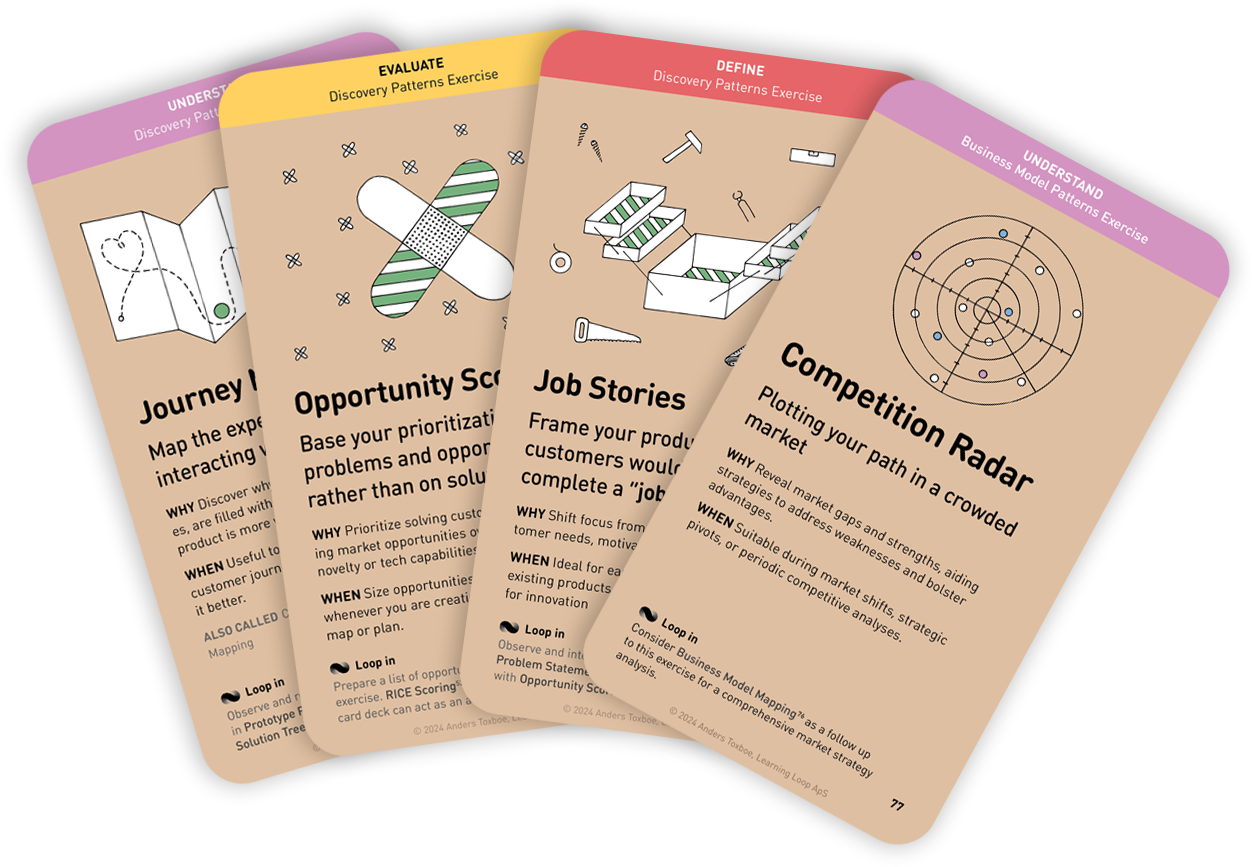
Why: Target likely beneficial initiatives to efficiently allocate resources and enhance your project's chances of success
When: Use when empirical evidence and confidence in potential outcomes are key to prioritizing strategies and tasks
The RICE scoring exercise is a systematic approach to prioritizing ideas based on objective criteria, allowing teams to focus their efforts on projects with the greatest potential for positive impact. By applying the RICE framework, which evaluates ideas through four key dimensions—Reach, Impact, Confidence, and Effort—teams can make data-driven decisions that align with both business goals and resource constraints.
One of the core advantages of the RICE framework is that it reduces the subjectivity inherent in many decision-making processes. Teams often struggle with biases, where certain ideas may be favored due to individual preferences or assumptions. By scoring ideas across clear, defined categories (Reach, Impact, Confidence, Effort), the RICE exercise injects objectivity into the process, ensuring that decisions are based on the potential impact and feasibility of each idea rather than personal bias.
While brainstorming and ideation sessions often generate a wide range of creative ideas, not all ideas are feasible or likely to succeed. The Confidence score in the RICE framework plays a crucial role here, as it reflects the degree of certainty that the proposed solution will work. This helps teams balance high-impact ideas with those that are more likely to succeed, ensuring that their efforts are both bold and realistic.
The RICE exercise encourages collaboration and dialogue, especially during the group discussion phase. When participants share their individual ratings and discuss discrepancies, it opens the floor to diverse perspectives and deeper insights. This not only leads to more accurate scoring but also strengthens team alignment, as everyone gets a chance to contribute and understand the rationale behind the final decisions.
The collaborative nature of the RICE exercise helps build consensus. By involving all participants in the scoring and discussion process, the team is more likely to align on which projects are most valuable and feasible. This ensures buy-in and commitment across departments, fostering a sense of shared ownership over the next steps.
The final step of the exercise involves translating the prioritized ideas into actionable next steps. By focusing on the top-ranked ideas, teams can immediately start planning implementation strategies. The clarity provided by the RICE scores allows for quicker decision-making and implementation of the most promising projects.
Instructions for running this play
- Idea generation. Begin with a brainstorming session where participants list out their solution ideas on sticky notes. Skip this step, if you already have a list ready.
- Introduce the RICE framework. Explain RICE (Reach, Impact, Confidence, Effort), focusing on its use in prioritizing ideas based on reach, impact, confidence in success, and effort required.
- Initial RICE rating. Have participants individually rate each idea on a scale (e.g., 1-5) using the RICE criteria, assigning scores for reach, impact, confidence, and effort.
- Collaborative review. Group participants to discuss their ratings, encouraging debate and perspective sharing to refine the scores for a more balanced view. This conversation brings more value than the scoring itself.
- Final prioritization and next steps. Decide on the most promising ideas based on RICE scores and plan implementation strategies.
Tips to perfect this play
Master and adapt the play to fit your context and needs.
Tip: Provide simple definitions
Before starting the scoring, explain each component of the RICE framework—Reach, Impact, Confidence, and Effort—clearly. Provide simple, relevant examples to help participants understand how to score each criterion.
Tip: Clarify the scoring scale
Make sure participants understand how to use the scoring scale (e.g., 1-5). Define what a low or high score means for each criterion so that the scoring remains consistent across all participants.
Tip: Encourage individual assessment
Allow participants to independently assess each idea without being influenced by others. This promotes a diversity of thought and ensures that initial scores reflect different perspectives.
Tip: Encourage open debate
During the group review, encourage participants to share the reasoning behind their scores, especially when there are large differences. This helps surface different perspectives and insights that may not have been considered.
Tip: Keep discussions focused
Facilitate focused discussions around specific criteria (e.g., Reach or Impact) rather than letting the conversation become too broad. Use questions like, “What evidence do we have for the potential reach of this idea?” to maintain structure.
Tip: Highlight discrepancies
If scores vary widely, ask participants to explain their reasoning. This often leads to a better understanding of the idea and helps the group reach consensus on a more balanced score.
A collection of workshop exercises that will help you ditch dull meetings and facilitate with confidence. It will help you master the design process and have more productive time with your team. The card deck will be ready for purchase in the end of 2026 and is now undergoing rigorous testing.
Reserve your deck!Related plays
- RICE: Simple prioritization for product managers by Sean McBride
